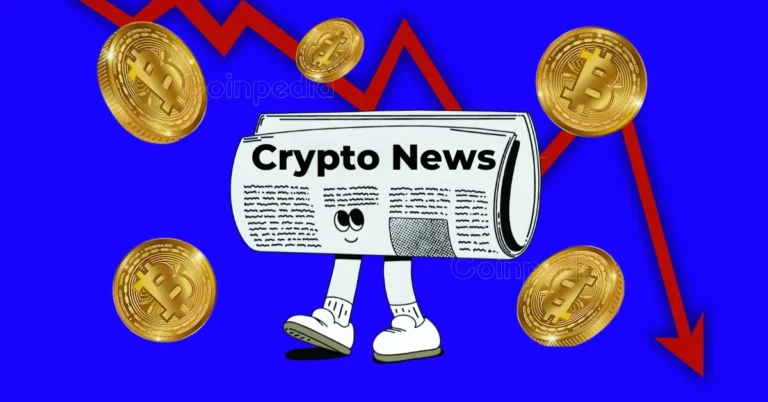VIX Reaches New High Since April: What Does This Mean for Traders?
Equities had another down session
The stock market took a hit in the latest trading session, with the S&P 500 falling more than 2%. This drop marked the end of its longest streak without a loss of this magnitude since the Global Financial Crisis in 2007, with a count of 356 days. The NASDAQ index also experienced a significant decline, recording its worst trading day since November 2, 2022.
VIX Surges to a New High
The CBOE volatility index, also known as the VIX, closed at 18.04, reaching its highest level since April 19. The VIX is often referred to as the “fear gauge” of the market, as it measures investors’ expectations for stock market volatility over the next 30 days. A higher VIX typically indicates increased uncertainty and potential market turbulence.
Implications for Traders
For traders and investors, a significant spike in the VIX can signal heightened market risk and uncertainty. It may indicate a shift towards more volatile trading conditions, where sharp price swings and increased market fluctuations are more likely to occur. Traders will need to closely monitor market developments and adjust their strategies accordingly to navigate these challenging conditions.
How This Will Impact Traders
Traders should be prepared for increased market volatility and potential downside risk in the near term. It is essential to stay informed about the latest market trends and developments, as well as keeping a close eye on key economic indicators and upcoming events, such as the upcoming Federal Open Market Committee (FOMC) meeting on July 31. By staying proactive and adaptable, traders can position themselves to navigate the changing market landscape and make informed investment decisions.
Impact on the World
The recent surge in market volatility and the VIX reaching a new high since April can have broader implications for the global economy. Heightened market uncertainty and increased risk aversion among investors may lead to a cautious approach towards risk assets and potential market corrections. This could impact global financial markets and have ripple effects across different asset classes and regions.
Conclusion
As the VIX reaches a new high since April and equities experience a down session, traders need to be vigilant and adaptable in navigating the evolving market conditions. By staying informed and proactive, traders can better position themselves to manage risk and capitalize on potential opportunities amidst market volatility. It is crucial to closely monitor market developments and be prepared for potential shifts in the trading environment in the coming days and weeks.




